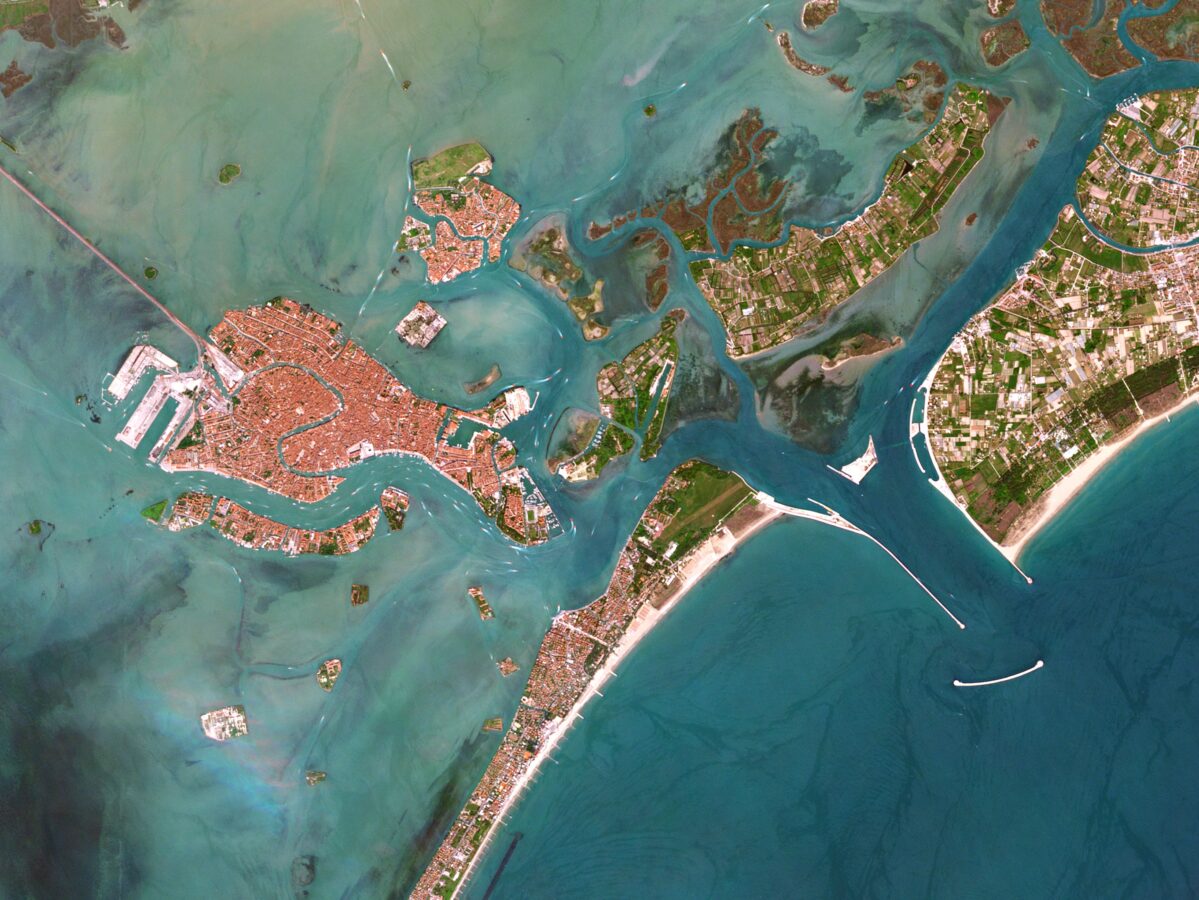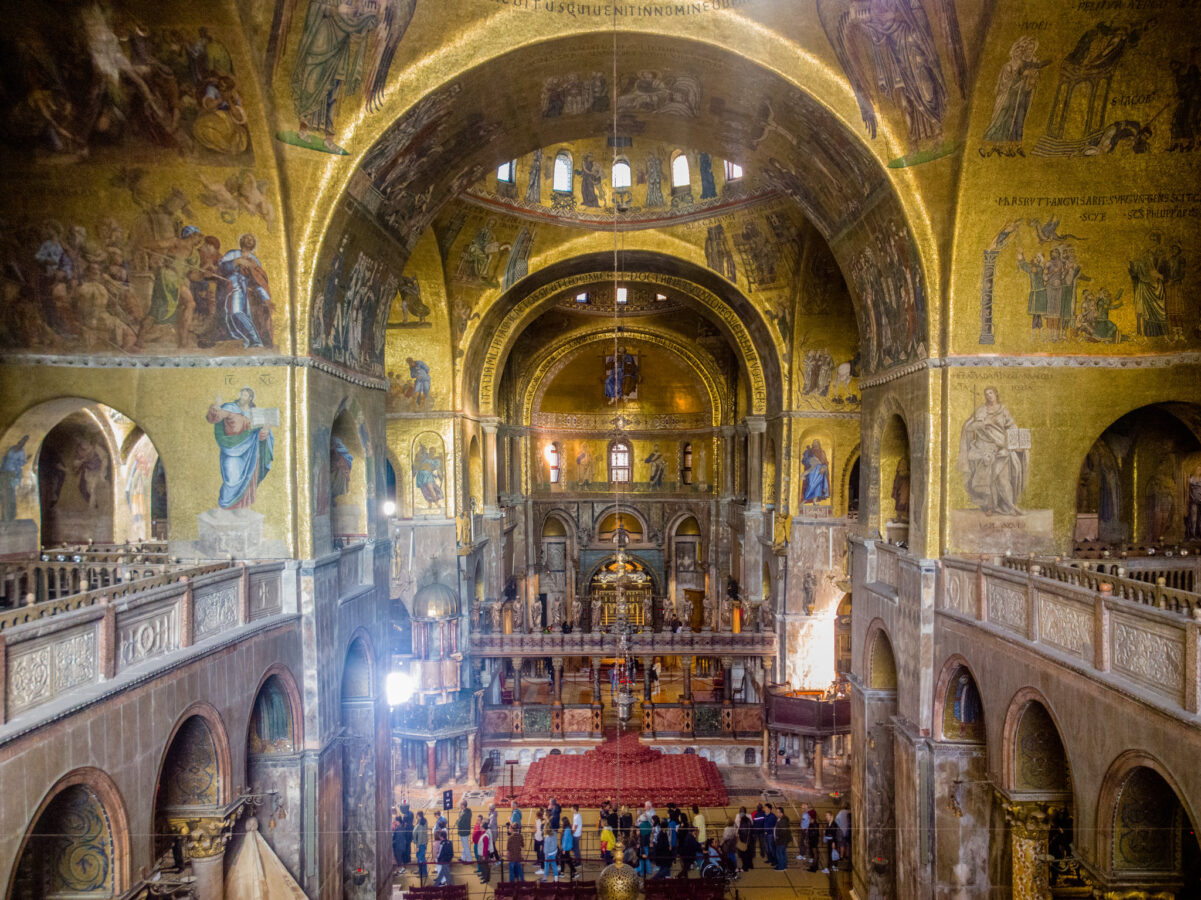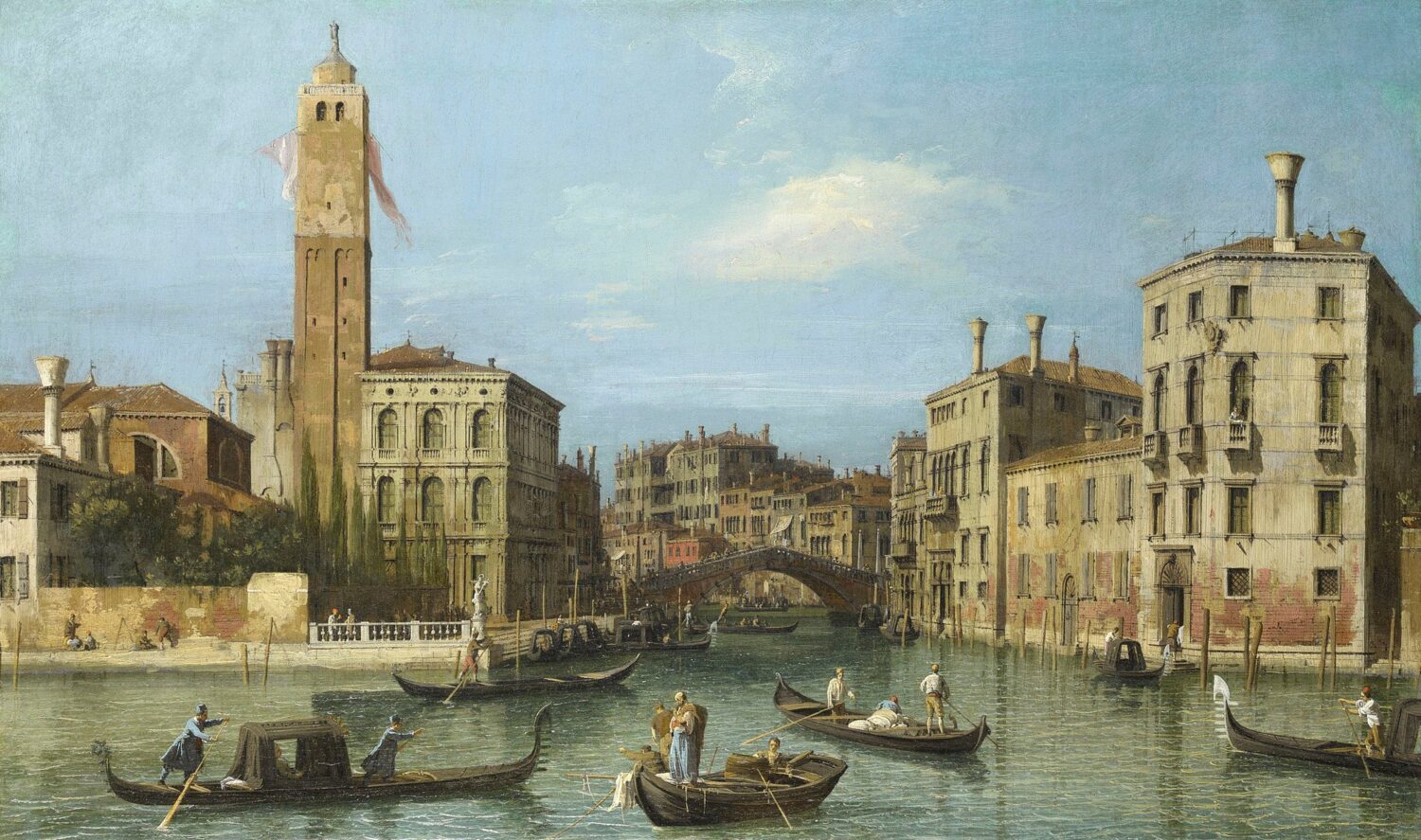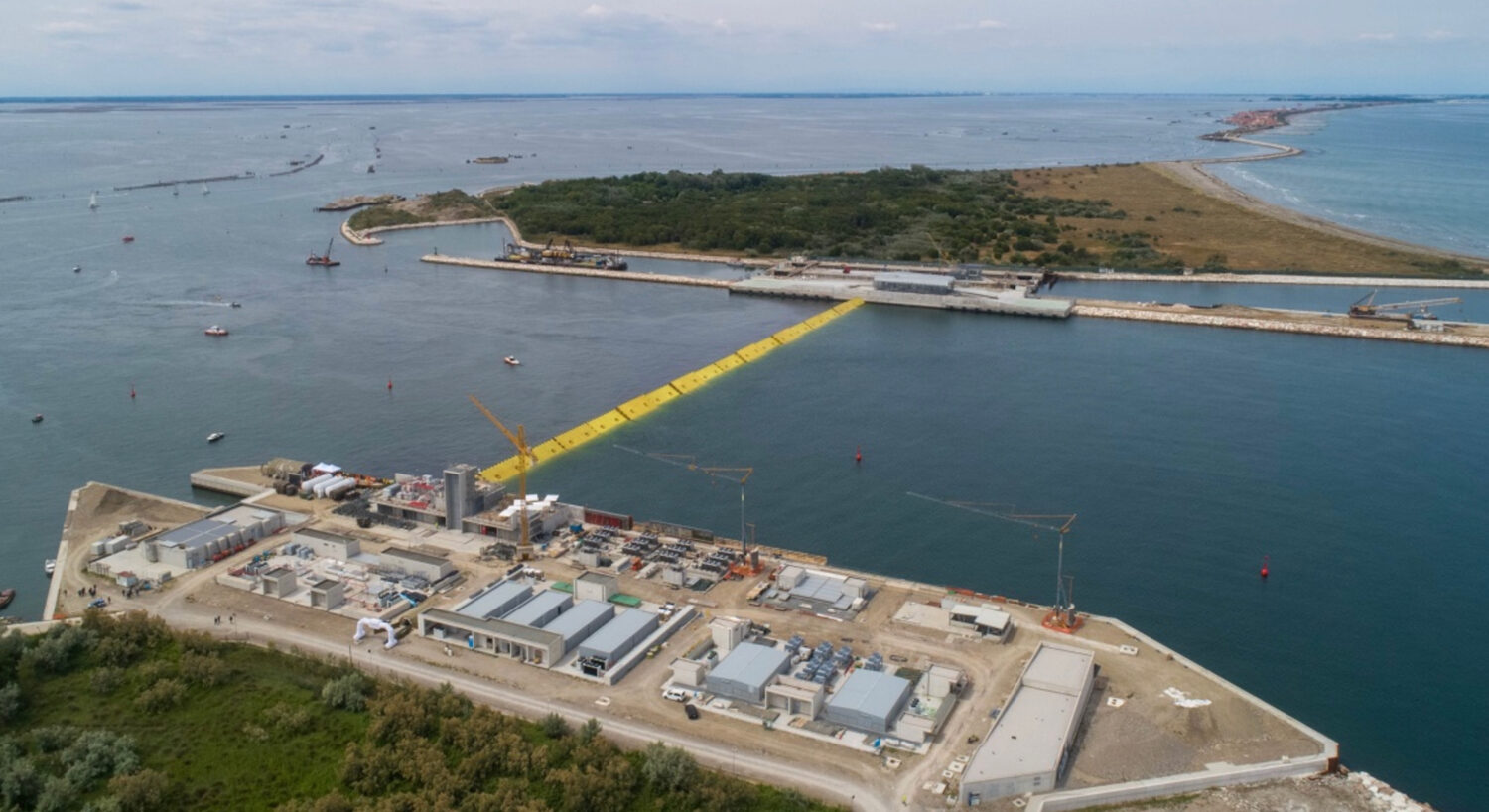The World Heritage Committee has voted not to put Venice, Italy, on UNESCO’s list of endangered places. The decision flies in the face of the advice of the secretariat of the World Heritage Convention which had recommended that because of slow progress in addressing the dual threats of climate change and over-tourism, Venice should be placed on its “in danger” list. It was a step too far for the Committee which has never yet put a World Heritage site threatened by climate change on the endangered list. A discussion about whether to list Australia’s Great Barrier Reef as “in danger” will be on the agenda for the 2024 meeting of the committee.
Venice is dying because of climate and tourism
Venice is a city in crisis. Its population is shrinking because of a severe lack of affordable housing which is driven by real estate speculation and the demand for Airbnb-style short term vacation rentals. Meanwhile, Venice authorities are struggling to manage the impact of more than 25 million tourists annually (many arriving on giant cruise ships), and the vast and ecologically important lagoon is suffering from agricultural and industrial pollution.
On top of all this, climate change has become a truly existential threat for the ancient city. Sea level rise and worsening storms are wreaking havoc. There have been more than 160 serious flooding events in the last three decades, as many as in the 120 years previous to that.

One of the most recent serious floods was In November 2019, when almost 90% of the city was inundated, damaging more than 80 ecclesiastical buildings including the bell tower of San Dorato in Murano and mosaic floor of the 7th century church of Santa Maria Assunta in Torcello. The crypt and basement of St. Mark’s Basilica was flooded for only the second time in its history.
Venice was founded as a marshy refuge in the 5th century and grew into one of and most powerful medieval trading empires. As its wealth grew, the city expanded over more than 100 islands in the lagoon, and was characterized by its cosmopolitan maritime culture, system of canals and panoply of opulent residences and churches.
From its earliest days, Venetian buildings were constructed on underwater wooden piles sunk into the lagoon’s sediment. It’s been estimated that as many as 11 million timber piles lie under the city, many of them still supporting buildings, including St. Mark’s basilica (parts of which are more than 1,000 years old and which is known for its exquisite medieval gold mosaics).
Being fully under the water, the wood didn’t rot, and from the 13th century, impermeable limestone quarried in Istria (now Croatia) was used to build foundations and basements on top of the piles. Courses of brickwork were then laid on the limestone, out of the reach of water so as not high enough to suffer damage.
From the 14th to the 17th centuries, major diversions of the rivers flowing into the lagoon were undertaken, resulting in a deepening of the lagoon. Natural land subsidence has also long been a problem, but it was dramatically exacerbated through the 20th century, driven largely by water use by industries along the mainland coast of the lagoon, which significantly depleted groundwater resources.

Today, the combination of accelerating sea level rise and ground subsidence puts the city and its infrastructure increasingly at risk from flooding and water damage. Water permeable building materials, including brickwork and marble are no longer out of reach of the surface of the saline lagoon. When wave action, boat wakes, storm surges and floodwaters wet the stone, salts are drawn inwards and upwards by capillary action, crystalizing when the materials dry, and causing structural damage.
The rate of sea level rise of the Venice Lagoon in the period 1993-2019 is estimated to be more than double the rate it averaged over the whole period from 1872 when water level records in the city began. Sea levels are now 32 centimetres (about 12 inches) higher than in 1872, and evidence from proxies, including close analysis of the painter Canaletto’s works suggest water level 61 centimetres (about 24 inches) above that of the 1750s.
Projections from the Intergovernmental Panel on Climate Change (IPCC) scenarios suggest a further rise of between 32 and 110 centimetres (about 12 to 43 inches) by the end of this century.

Venice has tried a range of measures to reduce the impacts of climate change, including most recently placing glass flood barriers around St. Mark’s Basilica. The most ambitious of these are the MOSE (Modulo Sperimentale Elettromeccanico) barriers which can be raised to temporarily close off the lagoon from the Adriatic Sea.
Work on the barriers began in 2003 and after being beset by planning, engineering and corruption issues (and with the cost having ballooned to more than $8 billion) they were first raised to prevent a serious flood in October 2020. Since then the flood gates have been raised nearly 50 times, at an estimated cost of more than $200,000 each time, with annual maintenance costing in excess of $60 million.
The threat of flooding is so great that scientists have observed that eventually, to protect the city the MOSE gates may have to be closed more often than they are open, perhaps 300 times a year as the waters continue to rise. This will dramatically restrict the natural flow of water in and out of the lagoon and have a very negative effect on the water quality and ecology of the lagoon, one of the largest and most important wetlands in the Mediterranean region. It’s not even clear that the MOSE gates will be able to cope with future sea level rise because they were designed well before the latest IPCC projections.
An opportunity lost
Is it possible to save the city and the lagoon? The addition of Venice to the World Heritage In Danger list would almost certainly have resulted in renewed focus, cooperation and funding for increasing the Venice’s climate resilience, as well as putting some pressure on city and national authorities to deilver results. The decision not to place Venice on the “in danger” list comes nine years after the idea of doing so was first suggested. In the intervening years there has been some progress, not least because MOSE has become operational, but not enough. A 2020 UNESCO advisory mission to Venice concluded that progress was too slow and that the situation will continue to deteriorate without improvements in strategic vision, site management, communication amongst stakeholders and governance as well as the development of additional measures to minimize climate and tourism impacts.

In recommending the “in danger” listing, the UNESCO secretariat explicitly asked to be able to review a comprehensive climate action strategy and controversial plans to raise the island on which St. Mark’s Basilica sits (currently the lowest part of the city). It also called for expanded and ongoing monitoring of the effectiveness and use of the MOSE barriers and the ecological health of the lagoon, and for the deployment of more resources to manage flooding and repair flood impacts to historic buildings.
The World Heritage In Danger list is one important mechanism that the parties to the Convention have to hold each other accountable for their responsibilities to protect humankind’s shared natural and cultural heritage. By failing to list Venice and punting any follow-up decision to at least 2024, the Committee has shown a lamentable inability to engage with the urgency of the climate threat not just to one remarkable city, but to all of our collective natural and cultural heritage.
Ultimately though, the greatest contribution would be for all the 195 nations who are parties to the World Heritage Convention, and most especially the biggest polluters among them, including the United States, to redouble their own efforts to reduce heat-trapping emissions.

